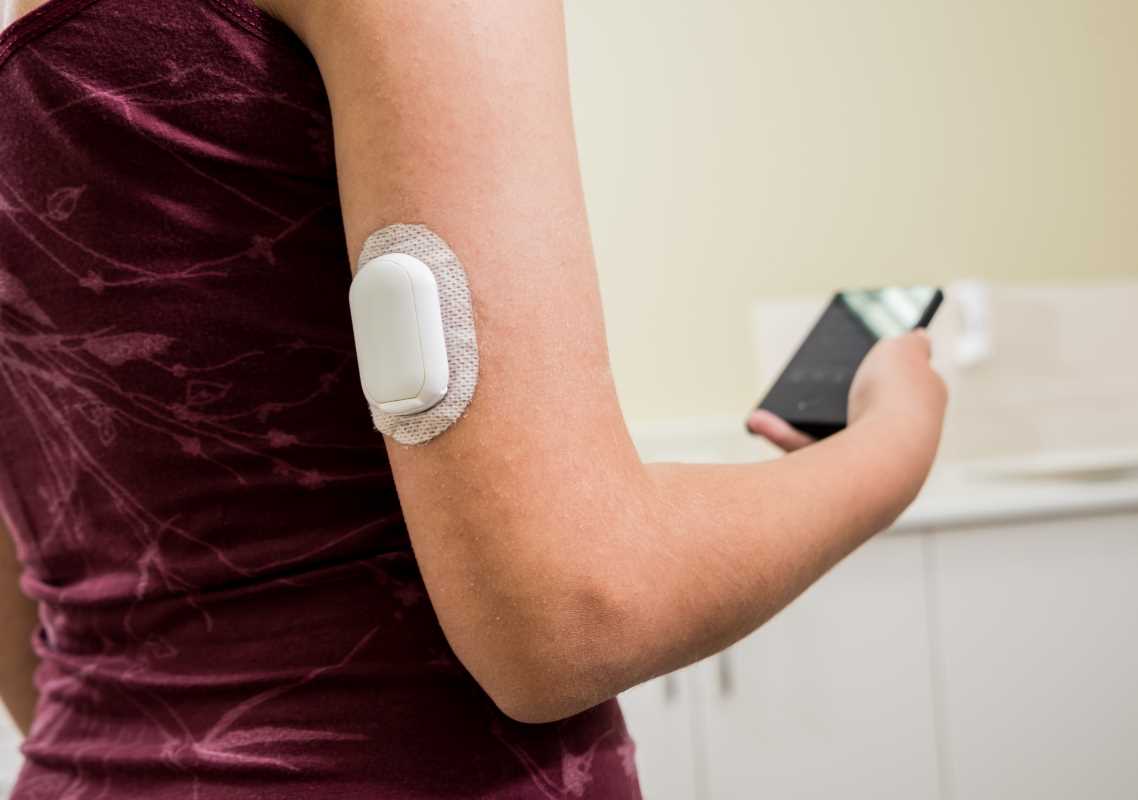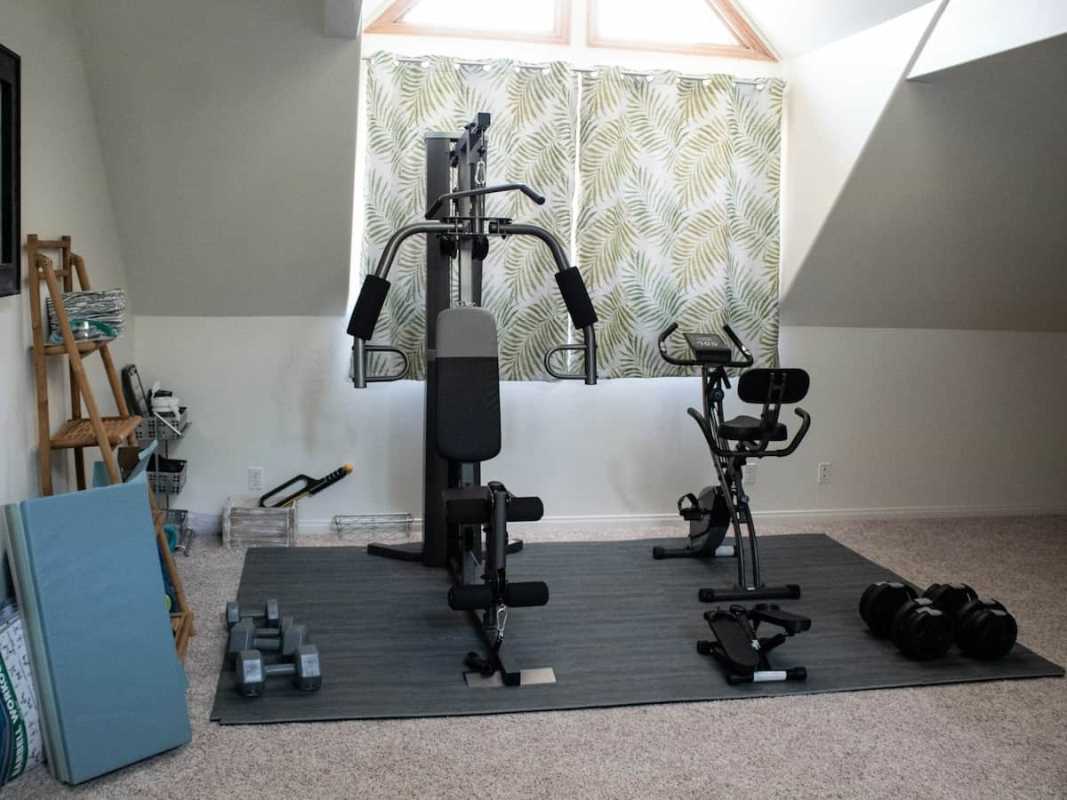Not long ago, getting any kind of lab work done meant a trip to the doctor’s office, a referral slip, and a visit to a separate clinic with a waiting room. Today, you can learn about your body from the comfort of your own home, thanks to the rise of at-home lab testing. This shift gives you more control over your health information, allowing you to track everything from vitamin levels to food sensitivities without ever leaving your house. But as these tests become more popular, it’s important to understand how they work, how reliable they are, and what happens to your data.
The Rise of DIY Health Monitoring
The idea of testing at home isn't entirely new. People have been using home pregnancy tests and blood glucose monitors for decades. What has changed is the sheer variety and complexity of tests now available directly to consumers. You can find kits to check your cholesterol, hormone levels, thyroid function, and even your genetic predispositions for certain conditions.
So, how did we get here? A few key factors drove this evolution:
- Technological Advancements: Science has made it possible to analyze smaller samples, like a drop of blood from a finger prick or a saliva sample, with increasing accuracy. The methods for preserving these samples during shipping have also improved, ensuring they arrive at the lab in good condition.
- A Shift in Healthcare: People are more proactive about their health than ever before. We want to understand what's happening inside our bodies and make informed decisions. At-home tests provide a convenient and accessible way to gather this personal health data.
- The Power of the Internet: Online platforms have made it simple to order a test, receive it discreetly at your door, and view your results on a secure dashboard. This digital connection removes many of the traditional barriers to getting lab work done.
How At-home Lab Tests Work
While the specifics vary by test, most at-home kits follow a similar process.
- Order Your Kit: You start by choosing a test online from a company's website. The kit is then mailed directly to your address.
- Collect Your Sample: Inside the box, you’ll find everything you need for collection. This is usually a simple finger-prick device for a blood sample, a tube for saliva, or a swab. The instructions guide you step-by-step through the process, which is designed to be as painless and easy as possible.
- Mail It Back: You'll package your sample in the provided pre-paid mailer and drop it off for shipping. These packages are designed to keep the sample stable during transit.
- Lab Analysis: Your sample arrives at a certified laboratory. This is a crucial point: reputable at-home testing companies partner with the same types of labs your doctor uses. These labs are often CLIA-certified (Clinical Laboratory Improvement Amendments), which is a federal standard for ensuring the accuracy and reliability of lab testing.
- Receive Your Results: Once the analysis is complete, you’ll get an email notification. You can then log into your secure online account to view your results. Many companies present the data in easy-to-read charts and provide explanations of what each marker means.
How Reliable Are These Tests?
This is often the biggest question people have. Can a finger prick really be as accurate as a full blood draw at a clinic? The answer is generally yes, but with a few important things to keep in mind.
The accuracy of a test depends on several factors. First is the quality of the lab. As mentioned, credible companies use CLIA-certified labs, which means they are held to high standards for precision and quality control. The analysis of your sample at one of these labs is just as rigorous as it would be for a sample collected at a doctor's office.
The second factor is sample collection. This is where user error can come into play. It's vital to follow the instructions in your kit perfectly. Did you collect enough blood? Did you seal the vial correctly? Did you fast if the test required it? Failing to follow the steps can lead to a contaminated or insufficient sample, which could skew the results or make them unusable.
Finally, some biomarkers are more stable than others. A small blood spot sample is excellent for measuring many stable indicators like cholesterol (HDL, LDL), HbA1c (a measure of blood sugar control), and certain hormone levels. However, for some tests that require larger volumes of blood or are more sensitive to timing, a traditional blood draw might still be the better option. Most at-home testing companies are transparent about the limitations and will only offer tests that are proven to be reliable with their collection methods.
Your Privacy in the Age of At-home Testing
When you send a biological sample to a lab, you're sharing some of your most personal information. It’s natural to wonder who has access to it and how it’s being protected.
Reputable at-home testing companies take privacy very seriously. They are typically bound by the same HIPAA (Health Insurance Portability and Accountability Act) regulations that protect your medical records at a doctor’s office. This means they must have strict security measures in place to protect your data from unauthorized access.
Here's what to look for when considering a company's privacy policies:
- Data Encryption: Your personal and health information should be encrypted both when it’s stored and when it’s transmitted.
- Anonymization: Many companies de-identify your data for research purposes. This means they strip away all personal identifiers (like your name and address) so the data cannot be traced back to you.
- Clear Policies: A trustworthy company will have a clear, easy-to-understand privacy policy that explains what data they collect, how they use it, and with whom they share it. They should also state that they will not sell your personal data without your explicit consent.
Before you buy a test, take a few minutes to read the company's privacy policy. If it’s filled with confusing legal language or seems to hide important details, that could be a red flag.
The Final Piece: Interpreting Your Results
Getting your results is just the beginning. The real value comes from understanding what they mean and what you should do next. This is one area where at-home testing differs significantly from the traditional model. When your doctor orders a test, they are there to interpret the results for you, put them in the context of your overall health, and recommend a course of action.
With at-home tests, you are often the first one to see the numbers. Leading companies have invested heavily in making results easy to understand. They typically provide:
- Digital Dashboards: Your results are displayed with clear graphics that show where your levels fall within (or outside of) the optimal range.
- Educational Content: They offer articles, videos, and explanations for each biomarker, helping you understand what it is and why it matters.
- Actionable Insights: Some platforms may offer general lifestyle suggestions based on your results, such as dietary changes or supplements that could help improve your numbers.
However, it is critical to remember that at-home lab tests are a tool for monitoring and information-gathering, not for self-diagnosis. A number outside the "normal" range isn't automatically a cause for panic. Many factors can influence your lab values, including your diet, recent exercise, stress levels, and even the time of day the sample was taken.
The best course of action is always to share your results with a healthcare professional. A doctor can help you interpret the data in the context of your complete health history, family history, and symptoms. They can confirm results if necessary and help you create a safe and effective plan. Think of at-home testing as a way to start a more informed conversation with your doctor, not as a replacement for their expertise.
At-home lab testing has placed powerful health insights directly into our hands. By choosing reputable companies, carefully following instructions, and partnering with a healthcare provider to interpret the results, you can use this technology to take a more active and informed role in your own health journey.
.jpg) (Image via
(Image via





